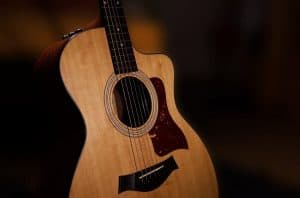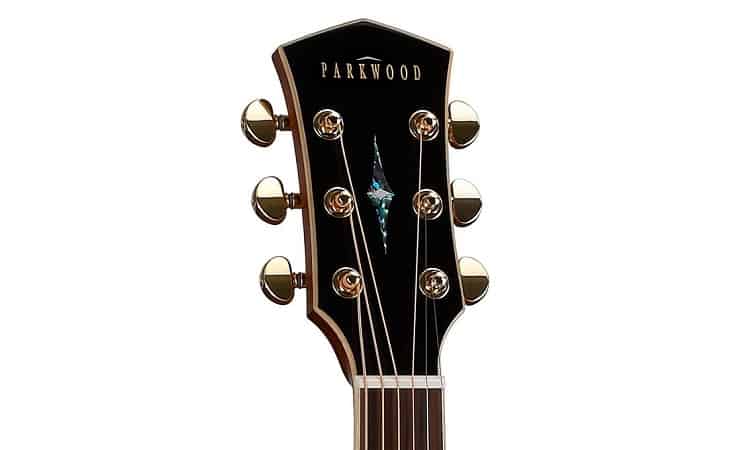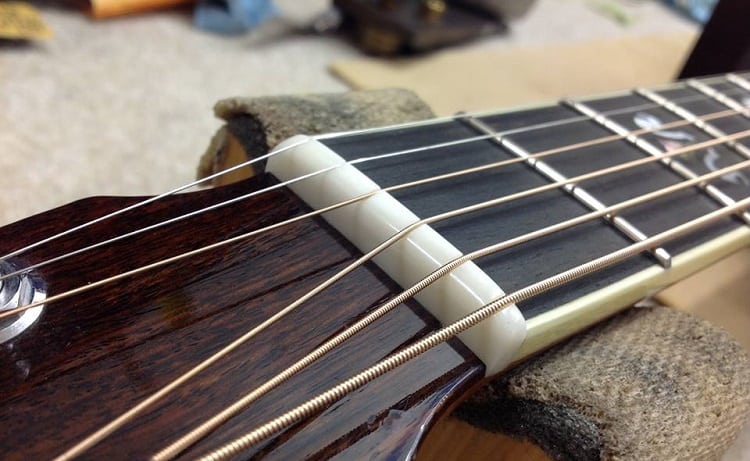 The acoustic guitar is one of the most popular and widely used instruments out there, so it’s no wonder that many want to learn the characteristics of its parts.
The acoustic guitar is one of the most popular and widely used instruments out there, so it’s no wonder that many want to learn the characteristics of its parts.
Obviously, if you want to learn to play guitar you have to inform yourself on this matter too.
So, here we will discuss the Acoustic Guitar Diagram.
The List
– Body
The guitar’s body of is a really large section of this instrument below its neck. The guitar’s body amplifies important strings vibration during the playing of the chord or note.
Very different woods are able to provide various tonal qualities and influence the guitars “voice” too.
Plywood is not able to vibrate as nicely as some solid wood, so some glue used for the plywood doesn’t easily transmit vibrations, and that makes that thinner is the sounding of the tone.
Also, some steel string guitars and rare nylon string ones have special truss rods, but the majority of the nylon strings guitars don’t need that part.
– Bridge
The guitar’s bridge easily attaches to the guitar’s body and those strings get firmly pinned into it. This part is quite important for the tone, so plastic bridges could be horrendous at their transmitting of the sound.
So, must quote it again, the exact kind of wood that is used here always influences the real voice of an instrument.
– Bridge Pins
Parts that are always used to firmly hold the guitar’s strings in its bridge are named the bridge pins.
– Frets
The right pitch of the tone is always caused by some frequencies when the guitar strings vibrate. So, when the length of the string is shortened its kind of frequency gets way higher, so the pitch of the note does too.
– Headstock
 This is the guitars neck part that is above the instruments nut where those machine heads sit. The guitar’s headstock also affects the guitar sustain and volume a little. Some larger headstocks also absorb more vibrations from the string than those smaller types of pegheads.
This is the guitars neck part that is above the instruments nut where those machine heads sit. The guitar’s headstock also affects the guitar sustain and volume a little. Some larger headstocks also absorb more vibrations from the string than those smaller types of pegheads.
– Machine Heads
Machine heads could be sometimes named tuning buttons or tuning knobs. They are able to loosen or tighten the guitar strings. Some cheaper machine heads are difficult for the turning or they also loosen the guitar string tension very quickly. Or also worse yet sometimes keep breaking guitar strings just because they got sharp edges.
These machine heads must be extremely important. Because they are strong mechanisms that are able to control the guitar strings tensions, and part of them is the guitar tuning peg. You got a capstan hole that the guitar string must thread trough.
If you cause loosening of this part by its turning it will surely result in some lower type of the pitched sound, and also tightening this machine head can surely cause that string to go way higher.
– Neck
The guitar neck is a long piece of wood from the body of the guitar up. The design of the neck is the very important thing because on this part the strings and the fretboard are also located.
– Nut
 The part between the headstock and the fretboard which those guitar strings rest on. This guitar nut controls the amount of distance between the strings and a fretboard. So, this is named sometimes as the guitar action.
The part between the headstock and the fretboard which those guitar strings rest on. This guitar nut controls the amount of distance between the strings and a fretboard. So, this is named sometimes as the guitar action.
– Saddle
The guitars saddle fits into this bridge of any guitar and there those strings of the guitar rest across.
– Soundboard
The guitars soundboards are the parts that are the guitars faces of their body. Because this is really where the majority of the sound is created. A high-quality type of wood top must be completely important for the voice of the guitar.
– Sound Hole
Contrary to some popular attitudes and beliefs that the guitars sound holes are not able to allow their sound to freely escape out, the opposite is the case. Its size affects the entire bass and treble sound balance of the guitar.
– Strings
Last part of the acoustic guitar mentioned here is its steel or nylon strings. They actually not a stable and normal guitar part, but are easily removable. They are also among those crucial parts for the sound and the playability of this instrument.
